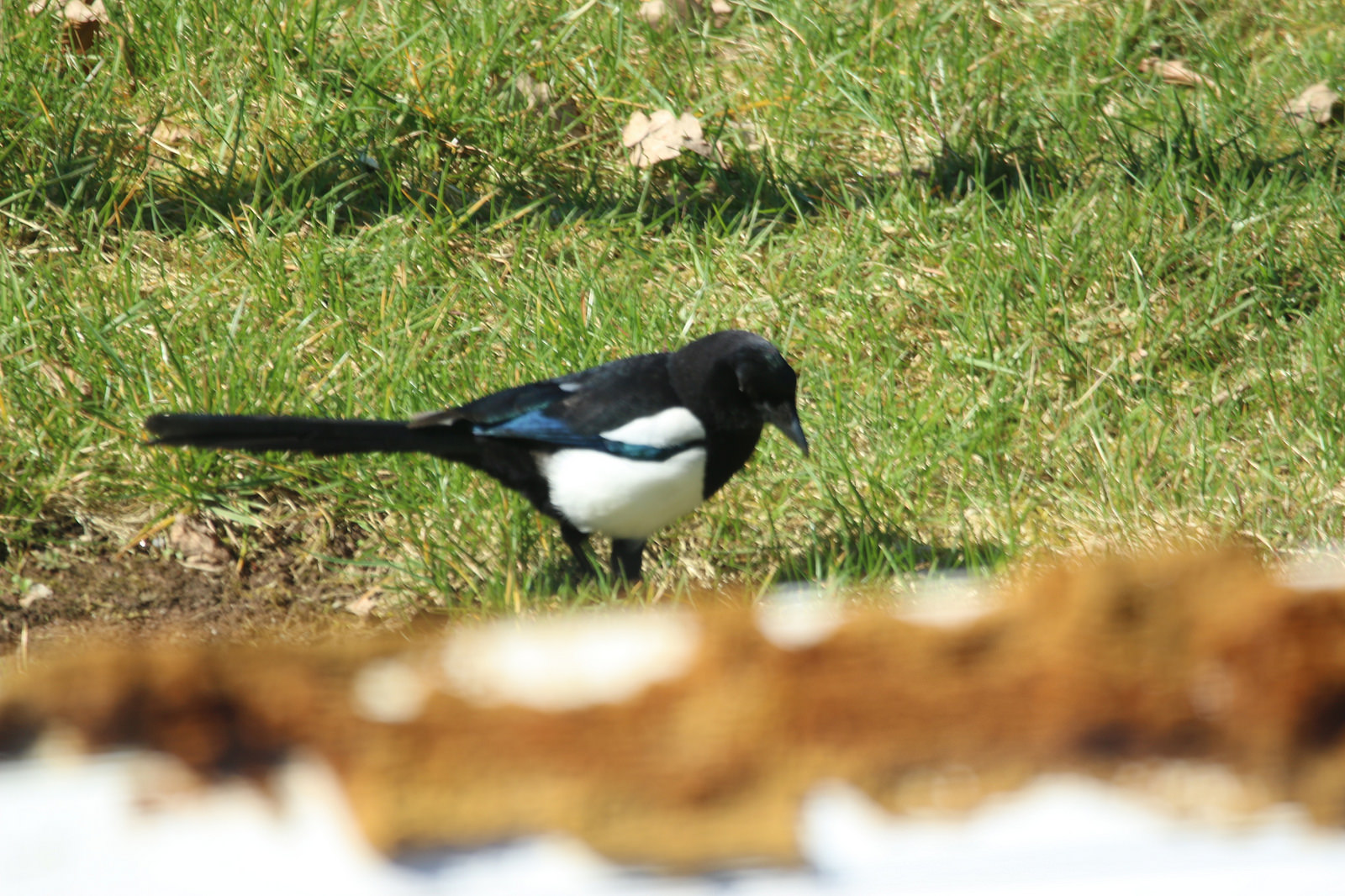I’ll be indulging in a highlight of Louis-Léopold Boilly the next day or three. Boilly was an incredibly talented artist, with an extraordinary gift for portraiture. Looking at his paintings, you get a strong sense that you should not be staring in the window, looking at these people, because there is a profound intimacy in his paintings. The Geography Lesson (Portrait of Monsieur Gaudry and His Daughter) is a good example of this intimacy. I also think his portrait of Robespierre is the absolute best. Boilly was a prolific painter, producing a great many small portraits as well as full scale paintings. When it comes to Les Grimaces, I like Les Grimaces 3 best. I think. All images, click for full size!












![Loopt loopt met groot... [Operation for Stones in the Head], Laid, Claes (Nicolas) Jansz Weydtmans.](https://i2.wp.com/freethoughtblogs.com/affinity/files/2018/05/HeadStones.jpg?resize=1337%2C1600&ssl=1)











